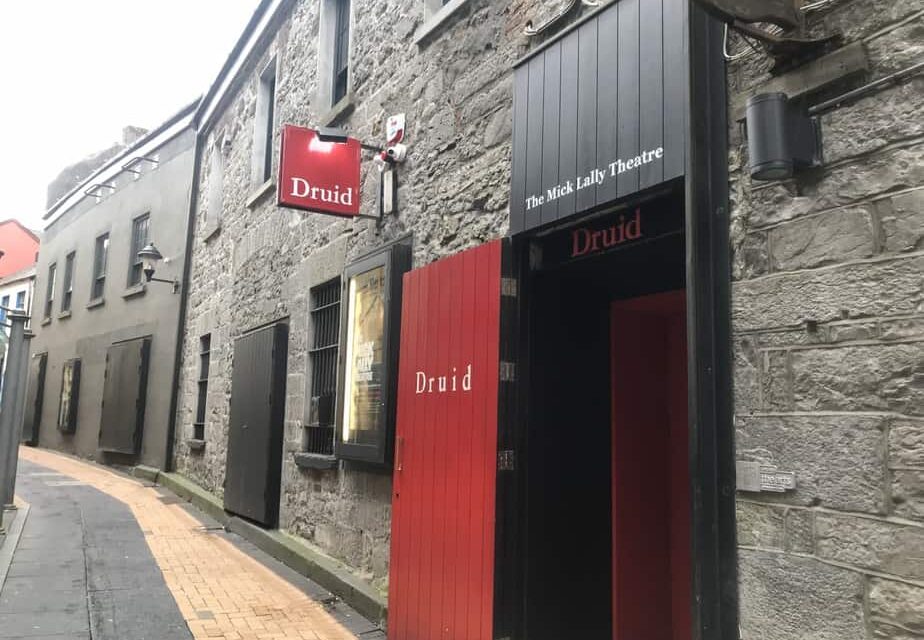By Walter Murphy . . .
In recent years, my wife and I have been spending time in Ireland during the summers. While there we try to visit many of the excellent national museums and parks. This year, at the start of our travels, we visited the Wild Nephin National Park and the National Museum of Ireland – Country Life Museum at Turlough Park.

During both visits we were struck by the extraordinary effort to which the Republic of Ireland goes to preserve the country’s heritage, traditions, and lifestyle, never forgetting its struggles. For instance, at Wild Nephin, the park maintains the blanket bog system used to create the peat that heated and lit Irish homes before modernization, especially in rural lands. Turlough Park presents, in exacting detail, rural life in northwest Ireland from 1850 through the 1950s. This period immediately followed the Famine of the late 1840s. So, the exhibits demonstrate what rural folk did to survive. Both parks reinforce and emphasize the care Ireland has for its past.


And then, of particular interest to NYC theatergoers, we visited Galway and attended the three Sean O’Casey plays known as the Dublin Trilogy, now being presented in repertory as Druid O’Casey by the Druid Performing Arts Company. The production, which officially opens this month, features the three plays in a single day as part of the Galway International Arts Festival program (or individually on weeknights). The performance we attended was sold out, showing fervent local support for Irish arts and history. But good news! The company will be bringing the production stateside this autumn.


All three of the plays in this important cycle focus on the lives of Dublin’s poor during the upheaval brought on by the fight for Irish independence (in the early part of the 20th century) and how politics became very personal for its working class. The Plough and the Stars—a reference to the Irish Citizens Army flag—aligned with the fight for independence from England and captures the stories of a tenement’s residents, as personal conflicts play out during the Easter Rising. The second play in the cycle, The Shadow of a Gunman, is about a poet who vainly accepts the assumption that he is an IRA gunman, only to have events turn tragic. The final play, Juno and the Paycock, presents a struggling family—amidst the upheaval of the Irish Civil War—which thinks its fortunes will change due to an unexpected inheritance. (Paycock is Irish slang for peacock.) The action of all three plays takes place during the period between the Easter Uprising and the Irish Civil War (1916 though 1924).


Although it makes for a very long, but exhilarating day at the theater, the program is timed with forgiving breaks between plays. Yes, a long day, but one that is very rewarding and aligned brilliantly with Ireland’s respect for its past and cultural heritage. Happily, New Yorkers will have the opportunity to share this brilliant study of Ireland’s theatrical heritage later this year.
Druid O’Casey will be coming to New York City in partnership with The Public Theater at NYU’s Skirball from October 4 – 14, 2023.


















